
Culture
18:15, 02-Jul-2018
Exhibition marks 140th birthday of He Xiangning
Updated
17:25, 05-Jul-2018
By Ding Siyue
02:47
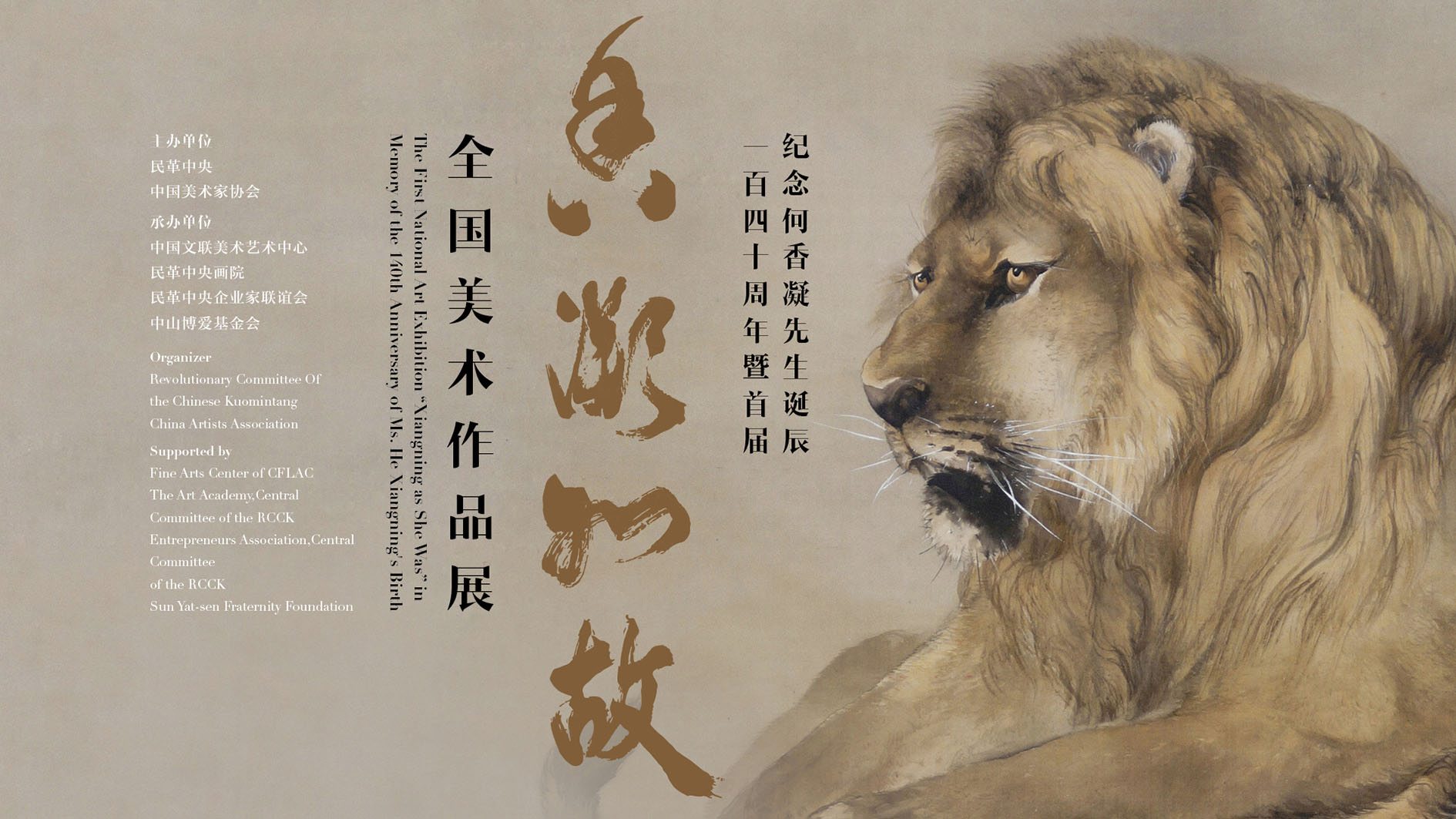
China's national art museum is celebrating the famous stateswoman, painter, and calligrapher, He Xiangning and is staging an exhibition to mark her 140th birthday.
A dozen original works by revolutionaries He Xiangning and Dr. Sun Yat-sen are on display, as well as nearly 70 works created for the exhibition or collected by individuals.
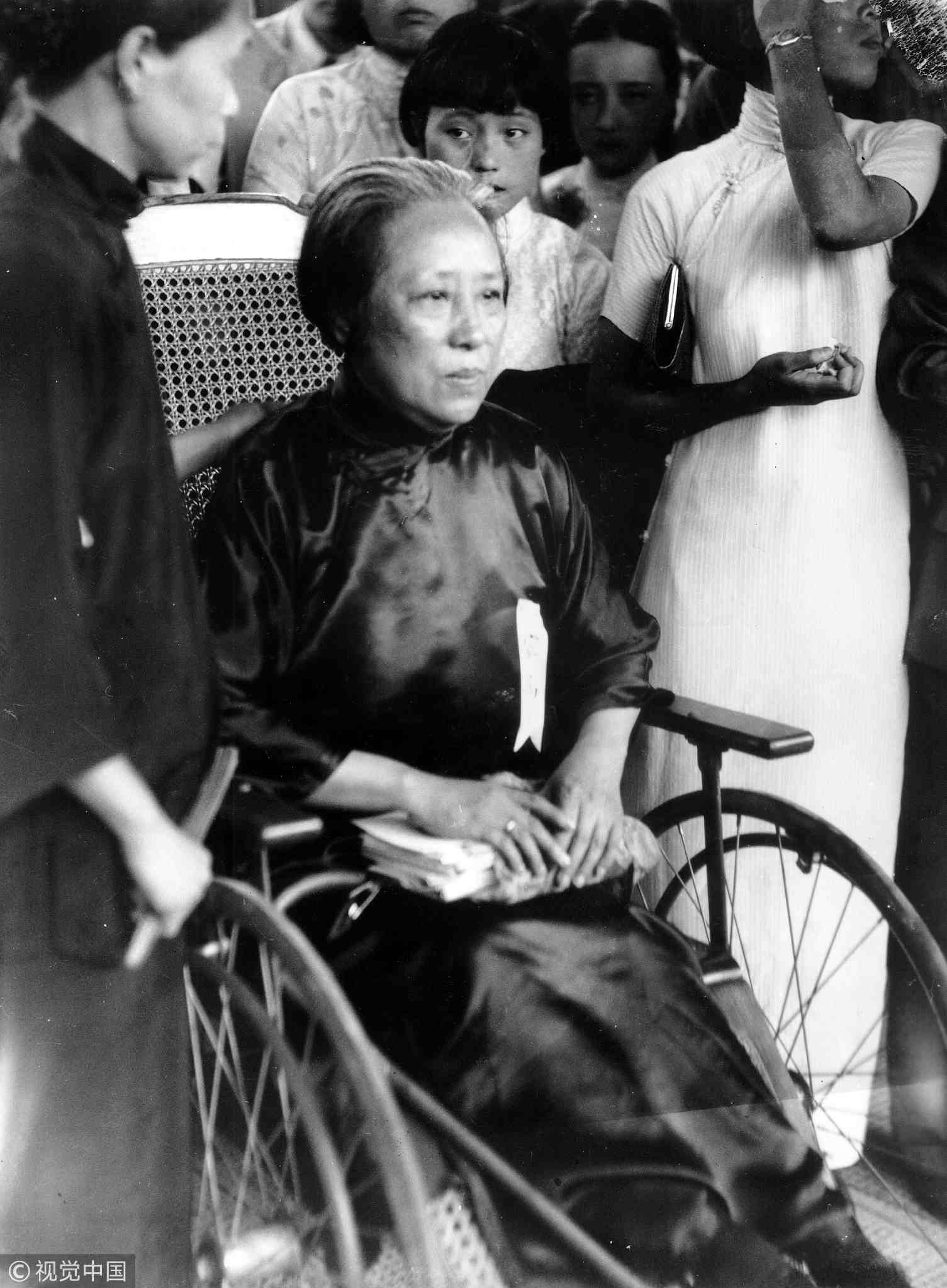
He Xiangning in 1935. /VCG Photo
He Xiangning in 1935. /VCG Photo
Using artworks as well as historical photos and documents, the exhibition tries to show He Xiangning's life, while also exploring the political meanings and social values behind her creations.
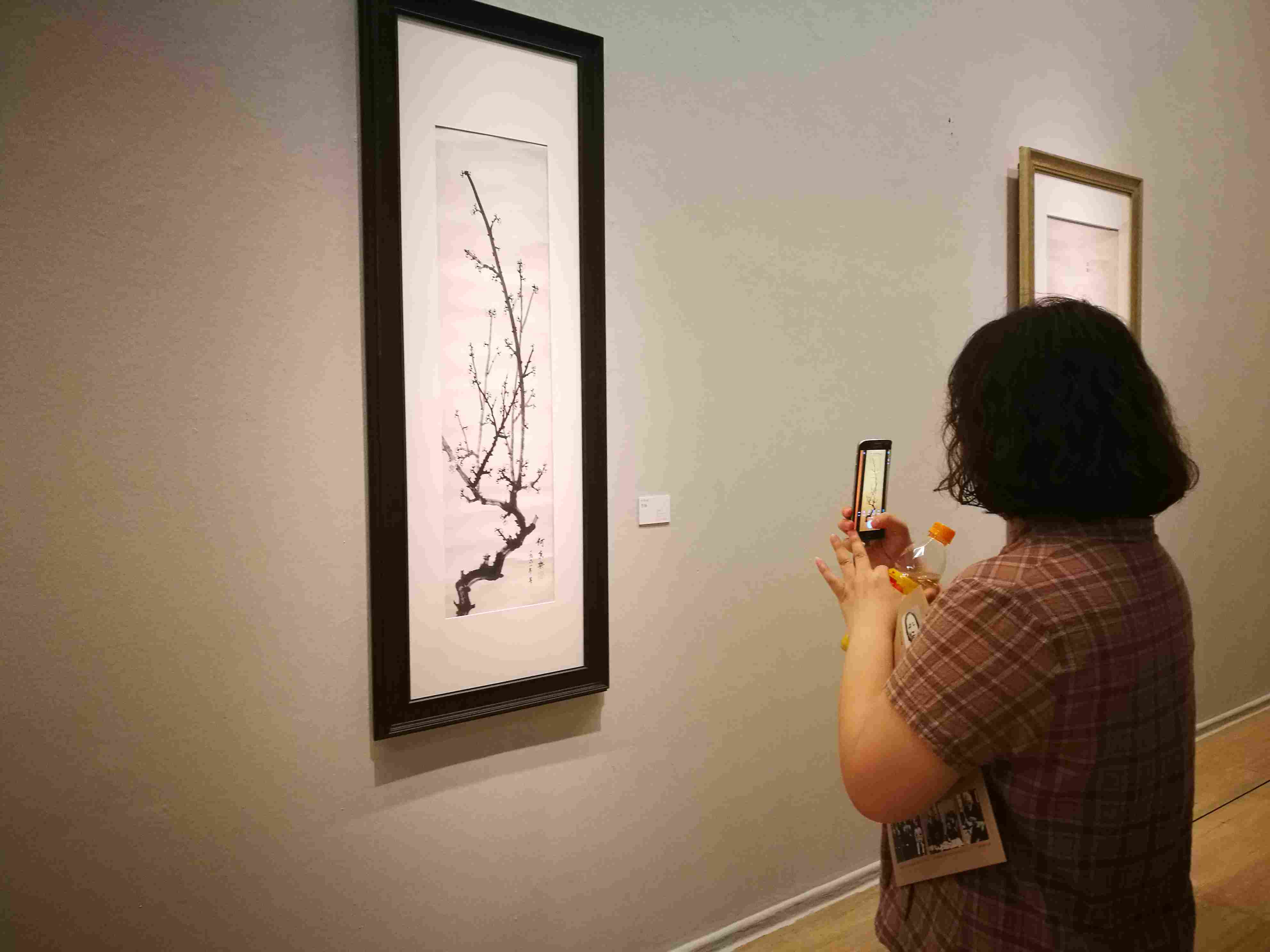
CGTN Photo
CGTN Photo
"This exhibition is very successful. It is not only a commemoration of He Xiangning but also a chance for artists to learn more about her. By these creations from modern artists and historical photographs, audiences can see He Xiangning's righteousness," says Kong Weike, dean of the Art Academy of the central committee of the RCCK.
"We know she had a legendary life. She was an artist with a revolutionary mindset, as well as a revolutionist with artistic characteristics. She combined art and revolution and made it her goal within her lifetime," he added.
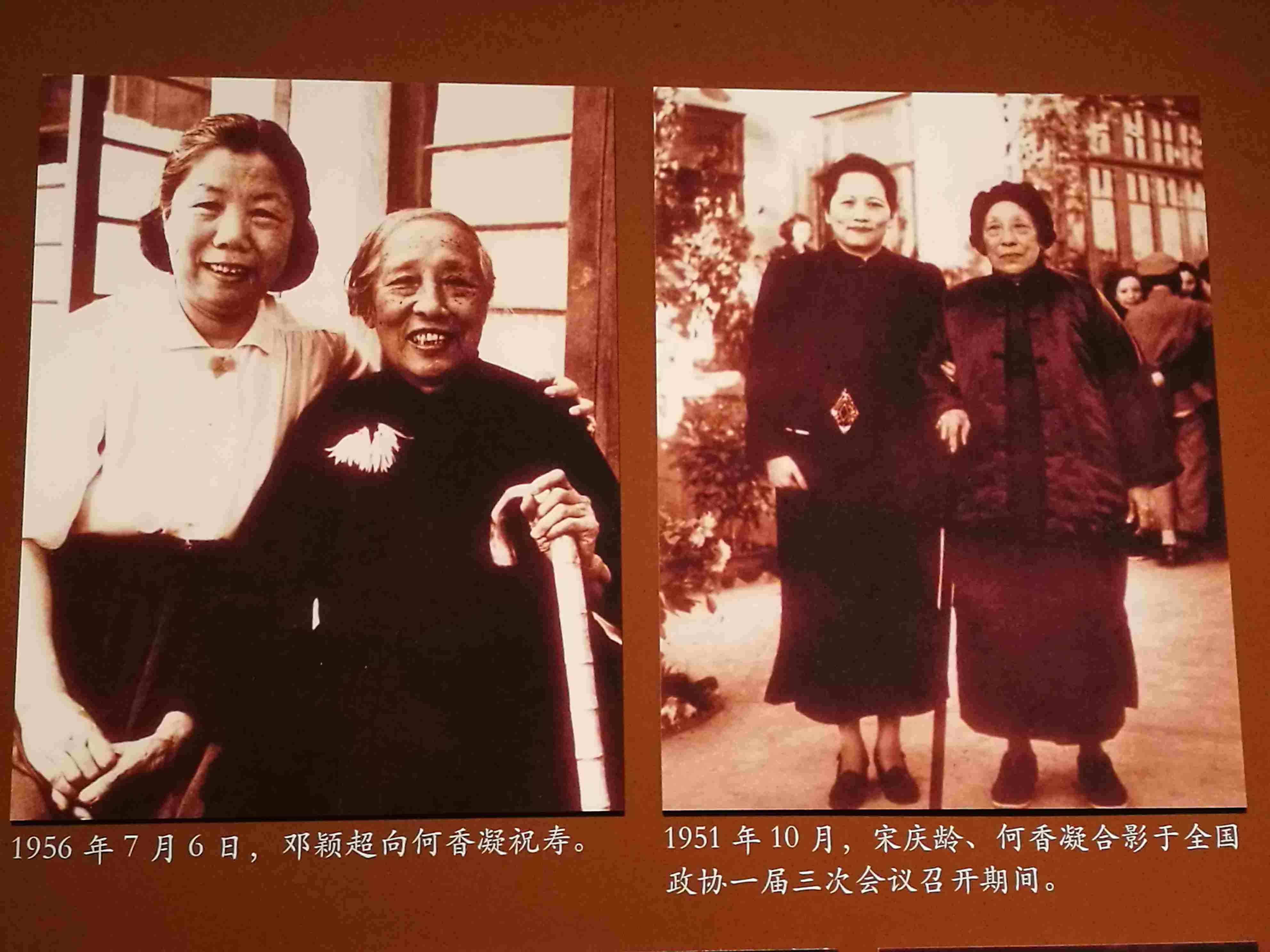
Left photo on display shows Deng Yingchao, wife of Zhou Enlai, the first Premier of China, celebrating He Xiangning's birthday in July 1956; Right one shows He Xiangning with Soong Ching-ling, wife of Sun Yat-sen, the main leader of the 1911 revolution that established the Republic of China in October 1951. /CGTN Photo
Left photo on display shows Deng Yingchao, wife of Zhou Enlai, the first Premier of China, celebrating He Xiangning's birthday in July 1956; Right one shows He Xiangning with Soong Ching-ling, wife of Sun Yat-sen, the main leader of the 1911 revolution that established the Republic of China in October 1951. /CGTN Photo
To understand He Xiangning's works, it is important to know some details about her background.
Together with her husband Liao Zhongkai, she was one of the earliest members of the Sun Yat-sen's revolutionary movement Tongmenghui. As a member, she called for equal rights for women. In 1924, she organized China's first rally for International Women's Day.
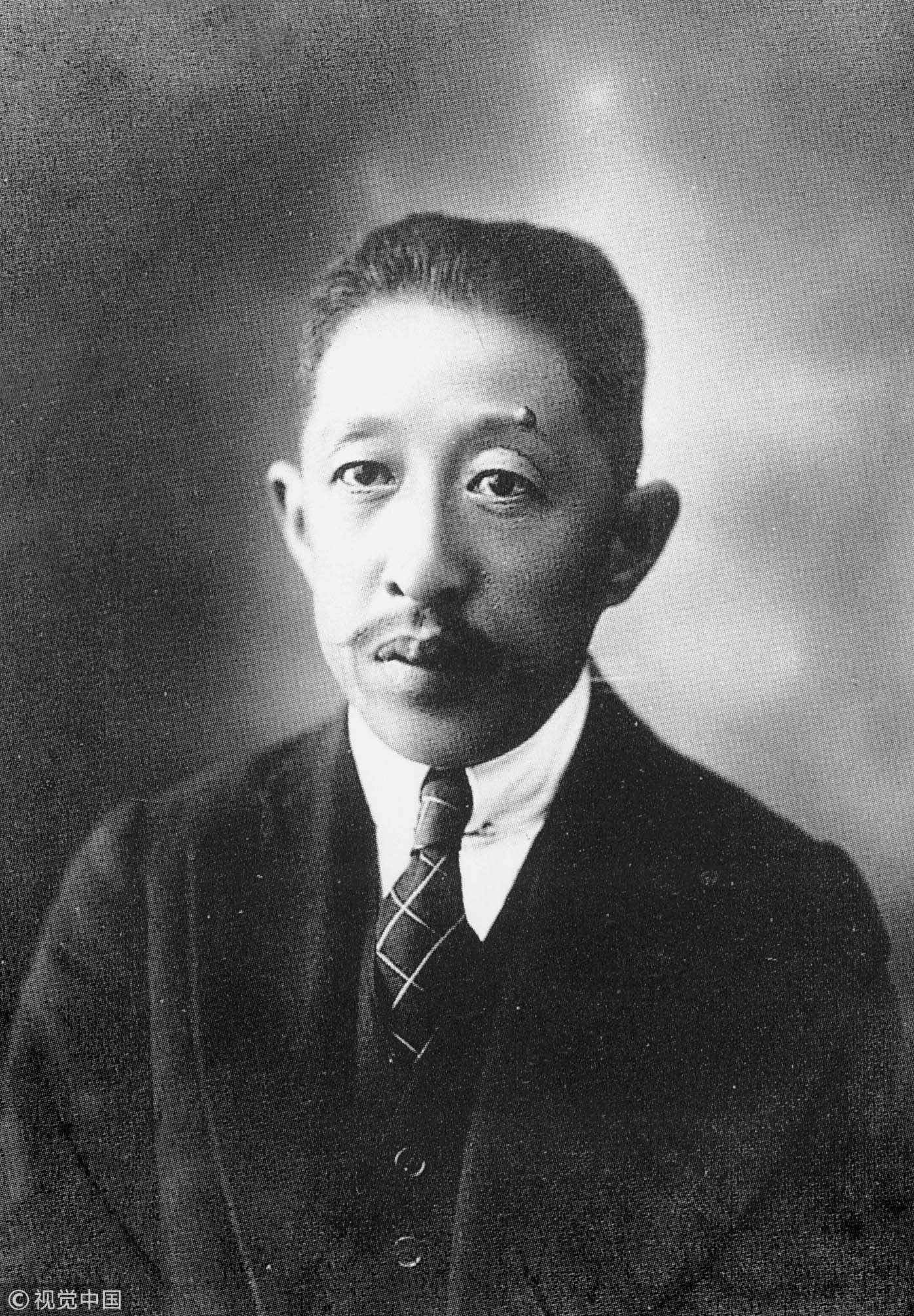
Liao Zhongkai, He Xiangning's husband /VCG Photo
Liao Zhongkai, He Xiangning's husband /VCG Photo
Later she also worked to organize resistance against the Japanese invasion of China.
After the founding of the People's Republic of China (PRC) in 1949, He Xiangning served in many state positions, including as chairwoman of the China Artists Association.
He Xiangning was skilled in traditional Chinese painting. She drew all kinds of subjects, but her favorite was plants like plum blossoms and chrysanthemums.

CGTN Photo
CGTN Photo
"Art is a manifestation of the artist. He Xiangning's painting are full of righteousness. It is especially embodied in her plum blossoms, where we can feel a sense of integrity," says Xiao Yutian, vice-president of China Hue Art Society.
He Xiangning made outstanding contributions to the establishment of the PRC and the development of fine arts in the country.
This exhibition in the National Arts Museum not only aims to commemorate the revolutionary pioneer but also encourages young people to embrace her spirit.

SITEMAP
Copyright © 2018 CGTN. Beijing ICP prepared NO.16065310-3
Copyright © 2018 CGTN. Beijing ICP prepared NO.16065310-3